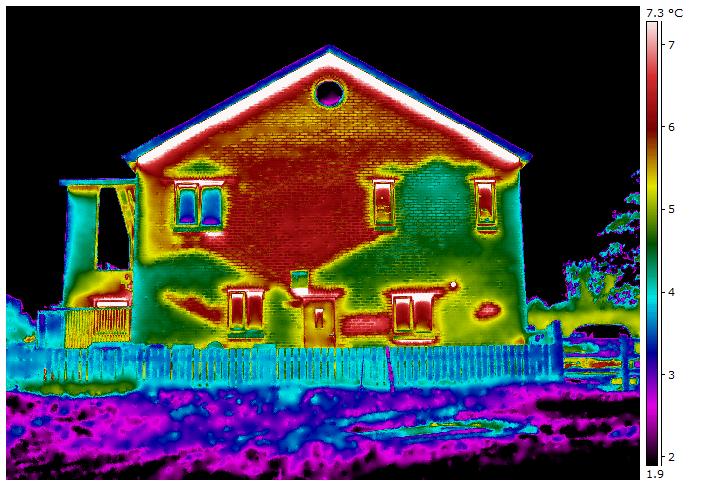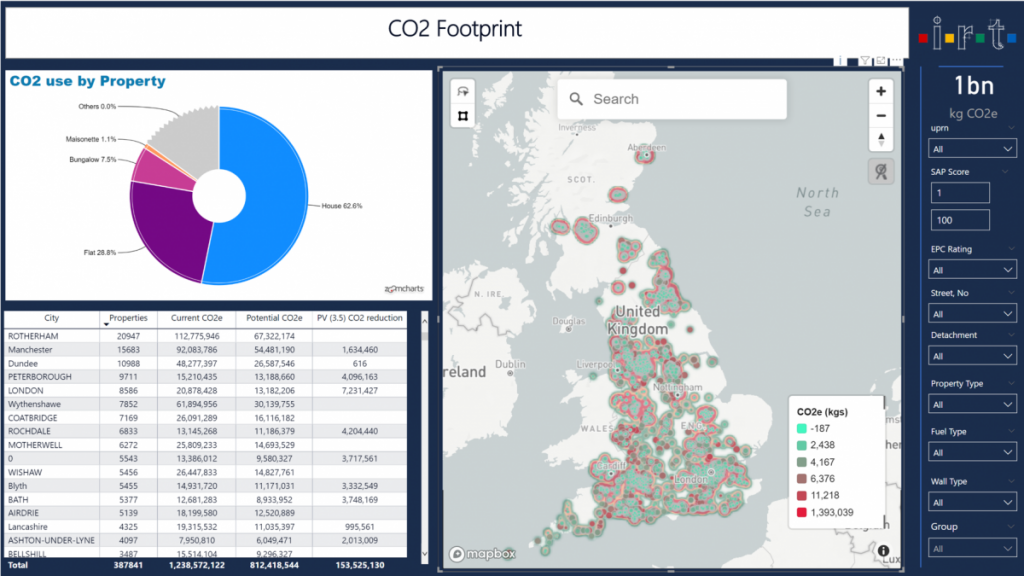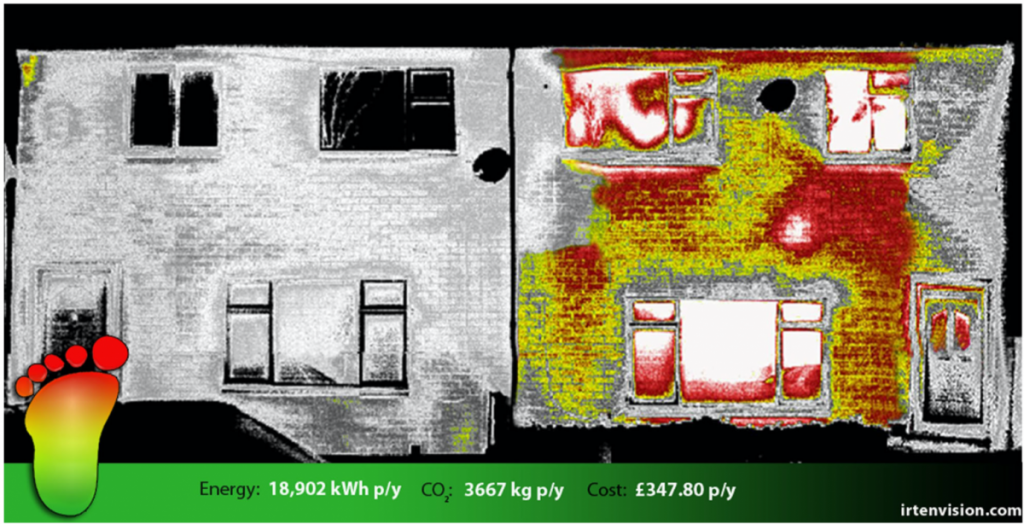Address
Unit F, Prospect Business Centre, Dundee, DD2 1TY
Work Hours
Monday to Friday: 08:30 - 17:00
Sat-Sun Closed.
Address
Unit F, Prospect Business Centre, Dundee, DD2 1TY
Work Hours
Monday to Friday: 08:30 - 17:00
Sat-Sun Closed.

While there has been a shift towards greater sustainability in many industries, there is still work to be done to address decarbonisation in the housing sector. Stewart Little, CEO of IRT Surveys, explains how industry professionals can lead the charge in the delivery of low- or zero-energy retrofits by combining simple data with technical expertise with innovative technologies.

With 80% of 2050’s homes already built, achieving net zero by that date means retrofit projects will play a vital role in decarbonisation, especially as these properties are predicted to account for 95% of future built environment emissions[i].
Clearly, the cost, complexity and scale of decarbonising homes are significant and to meet targets effectively and efficiently, architects, specifiers, housing professionals and industry stakeholders on the whole cannot afford to make ill-informed decisions.

Compounding the issue is the fact that households are impacted by ever rising energy bills and according to National Energy Action (NEA), around four million UK households are currently in fuel poverty. This number is expected to climb by another two million homes when the utilities price cap is removed in April.
While retrofitting provides a solution to meeting sustainability targets while addressing fuel poverty, industry professionals need to understand the condition of properties and their energy efficiency ratings before any retrofit is considered. Only once the necessary insights are gathered will they have an objective view on what’s needed to holistically upgrade housing stock.
Gathering baseline data – or understanding energy use and heat loss from an existing building – is an essential first step in planning a retrofit. By taking logical steps, starting with the ‘fabric first’ approach and coupling this with intelligent software, specifically designed for the sector, makes it much easier than many may believe to interpret the data. Indeed, there is no requirement to be a data analyst to quickly appreciate the benefits and value that data can provide, and how it will ensure smarter decisions are made.

Thermal imaging offers a fast-track method to gaining the knowledge needed to take remedial action. Visual and engaging, it is an irrefutable tool to bookend the survey process and often reveals a wide range of previously undetected energy efficiency issues such as empty or half-filled wall cavities, weaknesses with waterproofing, defective insulation, and a variety of other problems.
By combining thermal imaging together with inclusive 10-archetype internal surveys – including EPCs, air tightness, U-value measurement thermocouples and retrofit assessment and coordination – properties can be assessed against a range of criteria including structural integrity, condition and orientation, whether the homes have external wall insulation, contain asbestos or if they can take PV structurally.
The information gathered can be analysed using Artificial Intelligence (AI) to give an accurate insight into a building’s energy usage and energy waste and, by highlighting where the maximum retrofit benefits can be realised.
In addition, when coupled with advanced energy-saving calculators and funding databases, it empowers industry professionals to make informed retrofit decisions based on accurate data.
Large-scale retrofits have been championed by the UK government for both tackling fuel poverty and helping the country achieve net zero. Although grants are available – to date the government has provided £3.8 billion – studies suggest it will cost £104 billion to retrofit the social housing sector alone.
As such, getting retrofit projects off the ground increasingly relies on a blend of both public and private finance such as ECO grants, the Social Housing Decarbonisation fund (SHDF) and Environmental, Social, and Governance (ESG) funds. However, unlocking efficient, off-balance sheet ESG funding is only possible through risk quantification.
Risk quantification at the planning stage of any project mitigates outcome uncertainty. By leveraging powerful AI algorithms that combine available data, Building Information Modelling (BIM), and insurance criteria, the accuracy of forecasted energy savings, Return on Investment (ROI), and carbon reductions can be understood by all stakeholders.
Finally, combining thermal imaging data, advanced AI modelling, and risk quantification provides industry professionals with the critical insights necessary to ensure project outcomes and prevent underperformance. Crucially, this data can also help unlock funding.
When it comes to addressing decarbonisation in the housing sector, architects, specifiers, housing professionals and other construction industry stakeholders are ideally positioned to not only understand the issues, but also what is needed to fix them. By combining their technical expertise with quantified thermal imaging and advanced energy-saving calculators during decision-making, they will be able to achieve reductions in carbon emissions, make financial savings and improve occupants’ standard of living.
For further information about IRT Surveys visit: http://irtsurveys.co.uk/
[i] https://www.citb.co.uk/about-citb/news-events-and-blogs/net-zero-350-000-new-construction-roles-to-be-created-by-2028/
This is a repost of an article, please find the original post here: